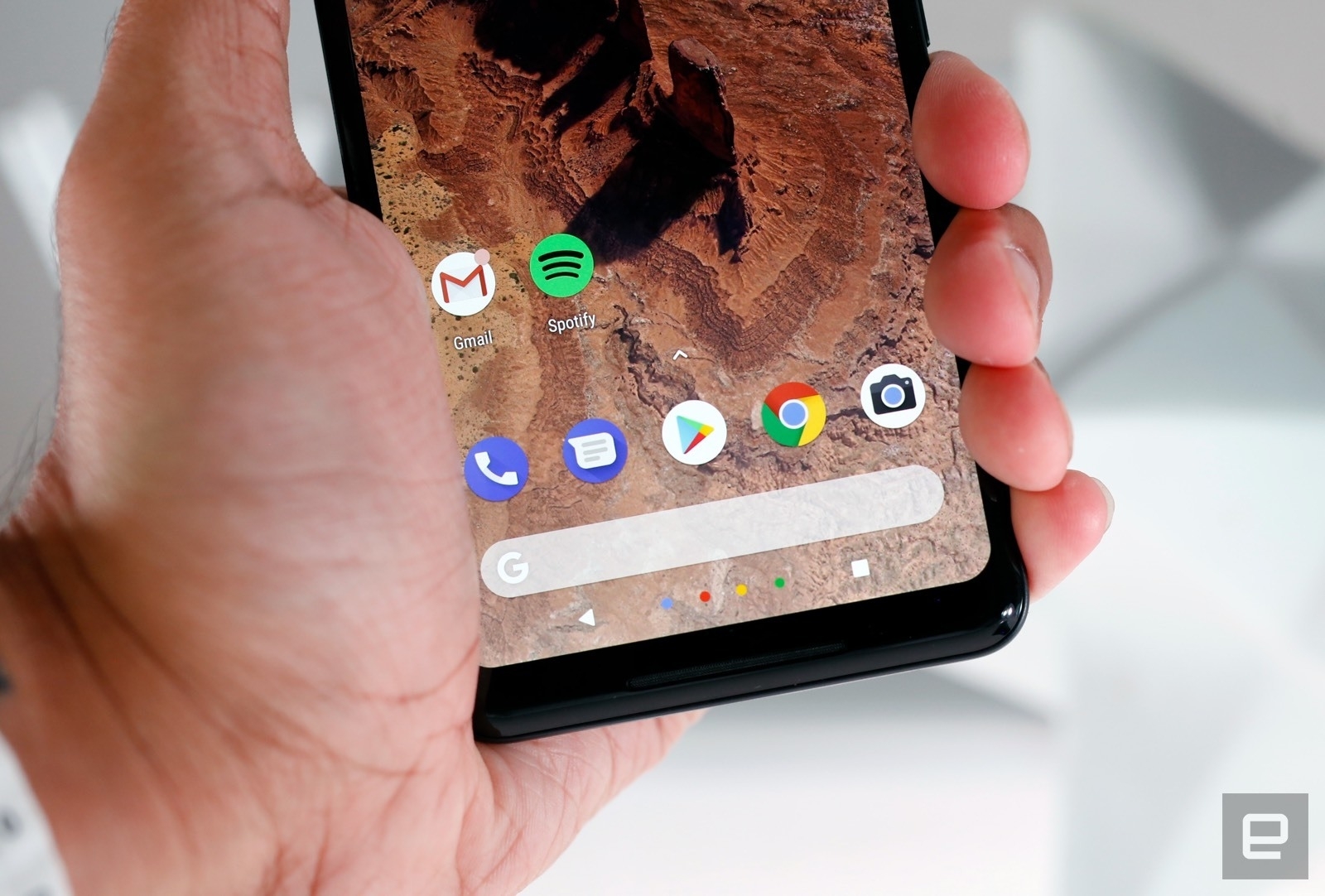Android fragmentation! It’s a problem as old as time itself. (Just kidding. But my gosh I’ve been writing about it for a long time.) (December 14, 2017), Google released some fresh platform data explaining how many devices are running each version. Android 8.0, as you might expect, is struggling with a measly 0.5 percent share. Google’s latest Pixel phones run the software, but otherwise it’s hard to come by. There are some outliers, of course — the quietly impressive HTC U11, for instance — but most are still shipping with a variant of Android Nougat. Which is, well, hardly ideal for Google.
Android 7.0 and 7.1 have a combined share of 23.3 percent. Respectable, but still behind 6.0 Marshmallow (29.7 percent) and Android Lollipop (26.3 percent). The figures are hardly surprising, though, given Android’s messy ecosystem of carriers, phone manufacturers and chipset providers. The sheer number of models, combined with their ageing hardware, makes it difficult for companies to keep everything up to date. Most flagships get an upgrade or two, but the bulk of mid range and low-end handsets are abandoned as soon as they leave the factory. It’s this lack of support that ultimately slows firmware adoption and increases fragmentation.
Which is a shame, because Android Oreo (now on 8.1) is a solid update. Notifications are much improved and the picture-in-picture mode is useful if your phone has a large screen. There’s also “Project Treble,” a behind the scenes push to accelerate Android updates. It’s not a huge leap over Android Nougat, but it’s one everyone deserves to have when they buy a new phone. Fingers crossed more devices start shipping with it soon.
(31)

